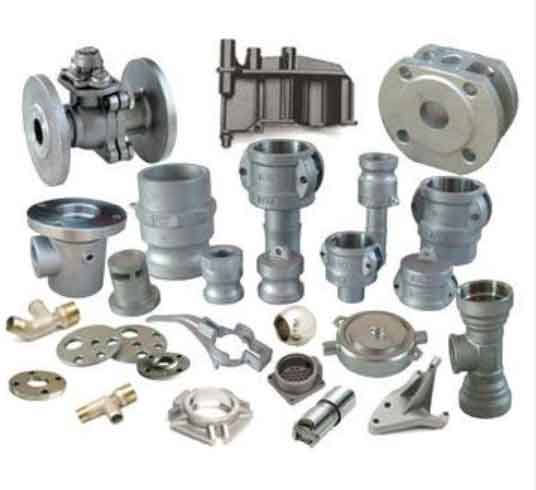Efficiency is a crucial aspect of the sand casting process, and there are several techniques and practices that can be employed to optimize efficiency. Here are some key strategies to enhance efficiency in the sand casting process:

- Process Planning and Optimization: Proper process planning and optimization are essential for efficiency. This involves analyzing the part design, selecting the appropriate molding and core-making techniques, determining the optimal gating and riser design, and optimizing the casting parameters such as pouring temperature, solidification time, and cooling rate. Computer simulations and optimization tools can aid in this process.
- Pattern Design and Tooling: Well-designed patterns and tooling are vital for efficient sand casting. Patterns should be designed with considerations for easy mold assembly, minimal draft angles, and efficient use of materials. Advanced tooling techniques such as multi-parting line molds, split patterns, or collapsible cores can reduce complexity and improve efficiency.
- Mold and Core Making Techniques: The choice of mold and core making techniques can significantly impact efficiency. Automated or mechanized molding processes, such as high-pressure molding or automated flaskless molding, can improve productivity and reduce labor requirements. Additionally, using pre-coated or self-hardening sands can accelerate mold production and reduce curing time.
- Mold and Core Handling: Efficient handling and manipulation of molds and cores are crucial for productivity. Implementing automated systems, such as robotic mold handling or conveyor systems, can streamline the movement of molds and cores, reducing manual labor and improving overall efficiency.
- Melting and Pouring Optimization: Optimizing the melting and pouring process is essential for efficiency. Efficient furnace design and control systems, such as induction or electric arc furnaces, can ensure precise control of temperature and reduce energy consumption. Additionally, utilizing advanced pouring techniques, such as bottom pouring or vacuum-assisted pouring, can enhance metal flow and minimize defects.
- Quality Control and Inspection: Implementing effective quality control measures and inspection techniques can improve efficiency by reducing the need for rework or scrap. Non-destructive testing methods, such as X-ray or ultrasound, can detect defects early in the process, ensuring only quality castings move forward.
- Process Automation and Robotics: Automation and robotics can significantly enhance efficiency in the sand casting process. Automated systems can handle tasks such as mold handling, pouring, and casting removal, reducing cycle times and improving consistency. Robotic systems can also be employed for tasks like sand conditioning, core assembly, and surface finishing, further streamlining the process.
- Continuous Improvement and Lean Manufacturing: Embracing continuous improvement methodologies, such as Lean Manufacturing or Six Sigma, can help identify and eliminate process inefficiencies. Regular process audits, data analysis, and feedback loops can drive ongoing improvements in efficiency and productivity.
By implementing these strategies and continuously seeking ways to optimize the sand casting process, manufacturers can achieve higher productivity, reduced lead times, improved quality, and cost-effectiveness in their operations.
